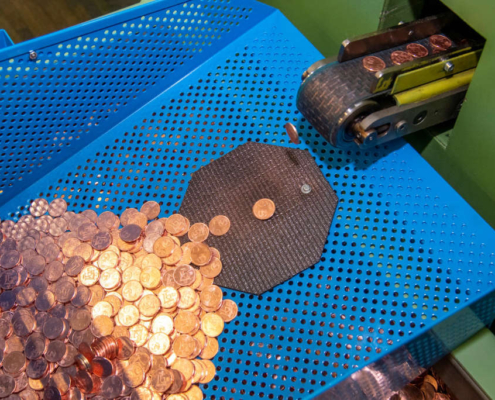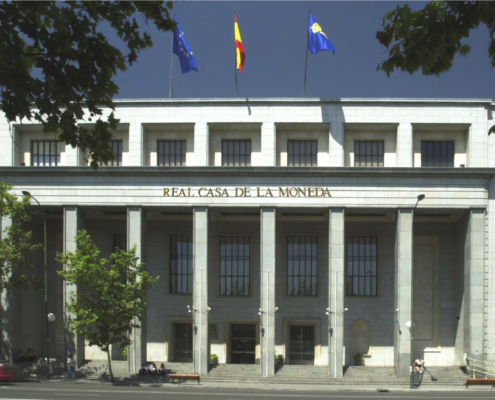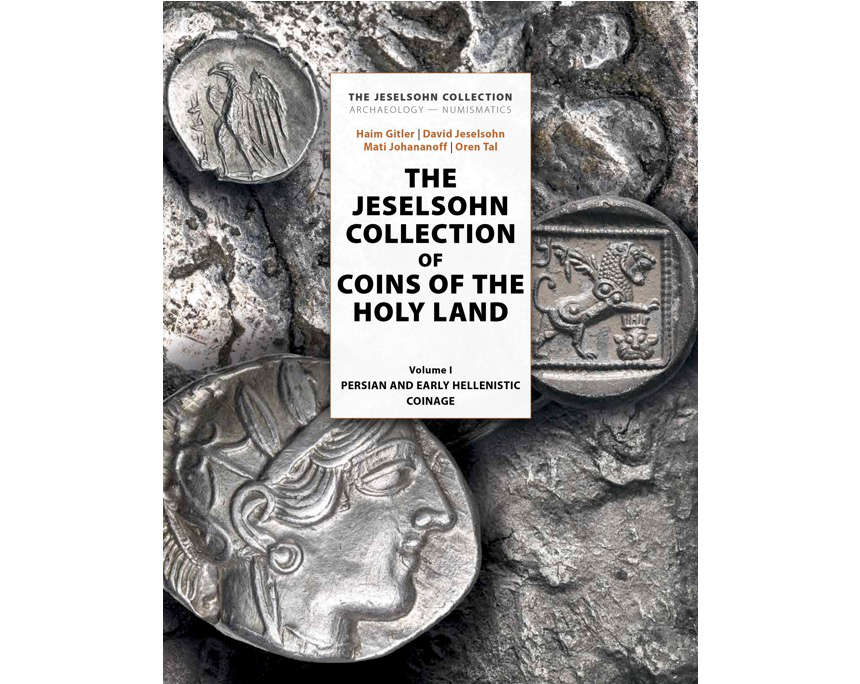1/2 Reichstaler 1621,
under Wilhelm V of Hesse-Kassel as administrator.
Condition: ef+


city of Besançon,
3 Pistols 1666 with title Charles V.
Condition: CH UNC

Bavaria, Chaise d'or (imperial shield)
1328-1347 under Emperor Louis IV.
Condition: ef

Reichstaler 1654-1668
under Count Guidobald von Thun.
Condition: vf-ef

Solidus (491-518)
under Anastasius the righteous.
Condition: vf-ef

Archive: People and Markets
Can the British Museum Recover Their Lost Items?
Around 2,000 un-inventoried objects from the Greek-Roman collection of the British Museum were stolen. The museum recently announced the deployment of a task force and recovery program, but will these measures be enough to see the return of the lost objects?
Hacksilber, Persian and Early Hellenistic Coinage from the Jeselsohn Collection
Haim Gitler, David Jeselsohn, Mati Johananoff and Oren Tal present the first volume of a series about the Jeselsohn Collection of Coins of the Holy Land, which is probably the most important collection of coins of the southern Levant. This volume covers Hacksilber, Persian and Early Hellenistic coinage.
Archive: Coins, Medals and more

Croatia’s First Year as a Euro Country: A New Era for Coin Collectors and the Croatian Mint
Ivan Odrljin, sales representative at the Croatian Mint, talks to CoinsWeekly in an exclusive interview about the first steps in a new numismatic environment, challenges and chances, and gives insights into the future plans of Croatia.

The Casa de la Moneda Museum in Madrid
Are you interested in coins of Spain and the Hispanic world? Then we have an important address for you: the Museum of the Casa de la Moneda in Madrid, which is located on the premises of the Spanish mint.















Swinging London: Coinex 2024
Despite Brexit and competing events, Coinex is definitely worth a trip – especially to meet the many young dealers who gather there. After all, London is swinging at Coinex, too! Ursula Kampmann reports.
Inclusive Numismatics Conference
This conference at the Bank of England is a space where women, people of colour, those from the LGBTQ+ community and anyone who has not yet found the right forum for their passion can feel included. Proposals for papers are still accepted.